Pithe Meets: Tjok Istri Ratna Cora
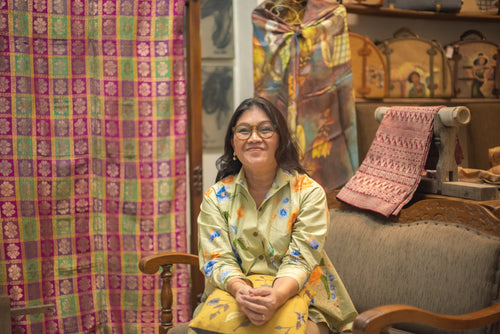
Tjok Istri Ratna Cora is a force of passion behind many wastra (traditional textile) preservation projects. She works both as an academic to a designer, where she understands the challenges in both worlds. Her brand, Tutur Bumi, releases works of art; from hand-painted silk kebaya, hand-embroidery using old-age kerancang technique, and the use of natural dye using waste. We talked with Bu Tjok on her practice of preserving wastra and the sastra (literature) it has, as a Balinese woman.
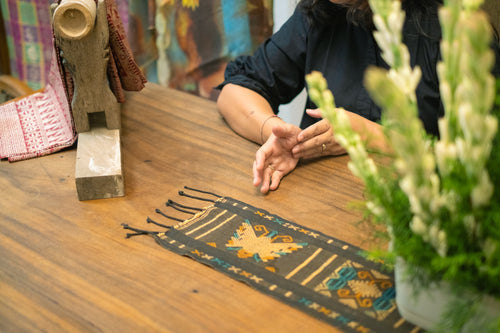
What sparked you to start diving into wastra?
When I was 16, my father asked me a question that challenged the trajectory of my life as someone from a Puri. I figured that all the title means nothing, what's important is our purpose. At that time, I was going to study architecture. I had always been challenging others’ perspectives and my own perspectives; what can we do as a communal society, what can we contribute to nature and community. These questions have shaped how I approach designs, which later on, led me to research on wastra.
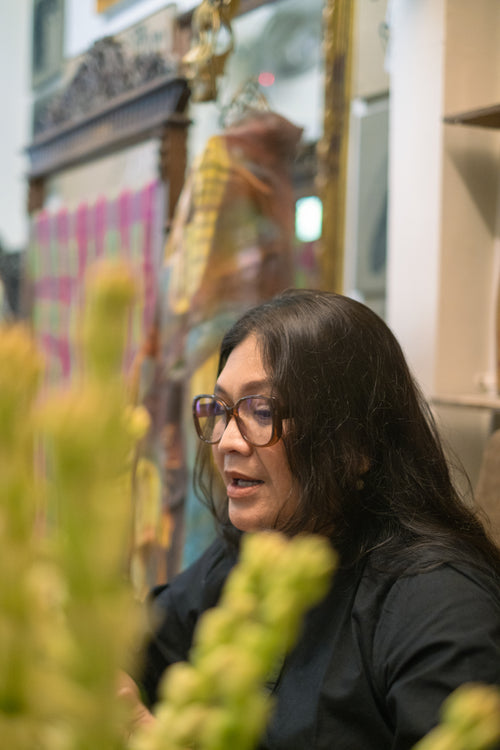
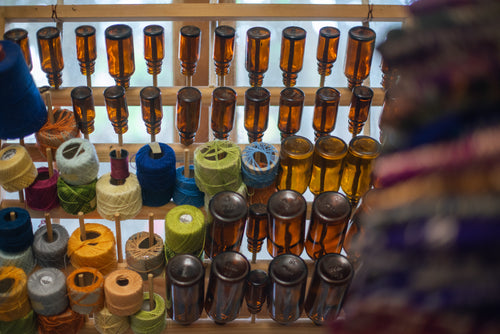
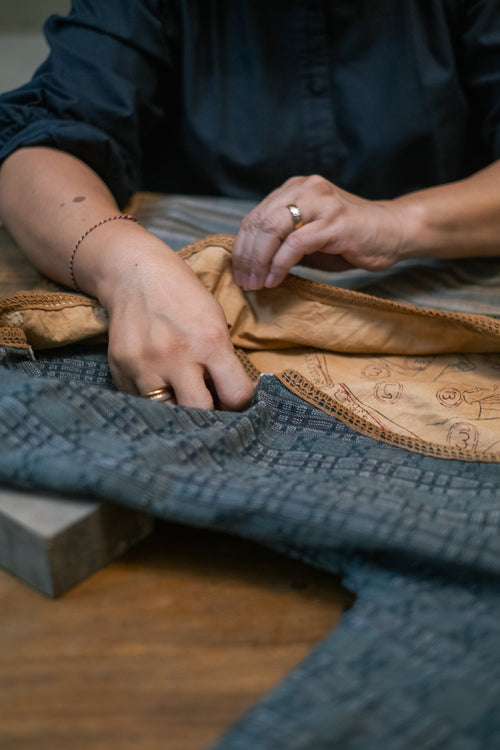
What do you think is the concern of preserving wastra in Indonesia?
To preserve and to live within the culture of wastra, which we have, is to preserve and develop the ecosystem. Ecosystem for wastra is the system to record the textile and the people, followed by recording the process of how they make it and their knowledge. From there, what I do personally, through my brand, Tutur Bumi, is to make products and works that have the same craftsmanship quality. These products are equal to the antique textiles and pieces so people can also purchase them. Because by purchasing products that are available today, not antique, you are supporting local artisans and continuing the life of our own culture.



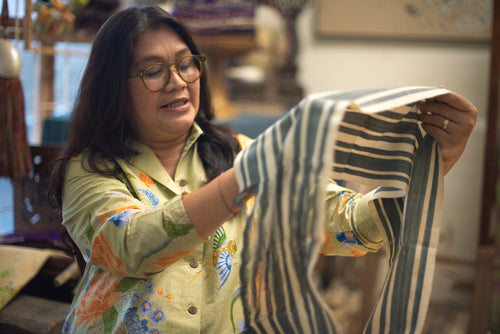
What do you think is the concern of preserving wastra in Indonesia?
To preserve and to live within the culture of wastra, which we have, is to preserve and develop the ecosystem. Ecosystem for wastra is the system to record the textile and the people, followed by recording the process of how they make it and their knowledge. From there, what I do personally, through my brand, Tutur Bumi, is to make products and works that have the same craftsmanship quality. These products are equal to the antique textiles and pieces so people can also purchase them. Because by purchasing products that are available today, not antique, you are supporting local artisans and continuing the life of our own culture.

With the rituals and the context of wastra in Bali, what contributes to the sustainability of wastra ?
I think there are two sides of the same coin when we talk about the continuation of wastra in the context of Bali and its rituals. For example, for Munggah Deha (ceremony), there are certain wastra that we, Balinese, are supposed to use. However, in the lontar, it also said that if we do not have those wastra, we can just use any textile at home. This emphasizes the solemnity to do ceremonies and wastra are just vessels to carry on the ceremonies. It’s true that solemnity is essential, but the permission to use any available textiles gives room for people to downplay the role of wastra.
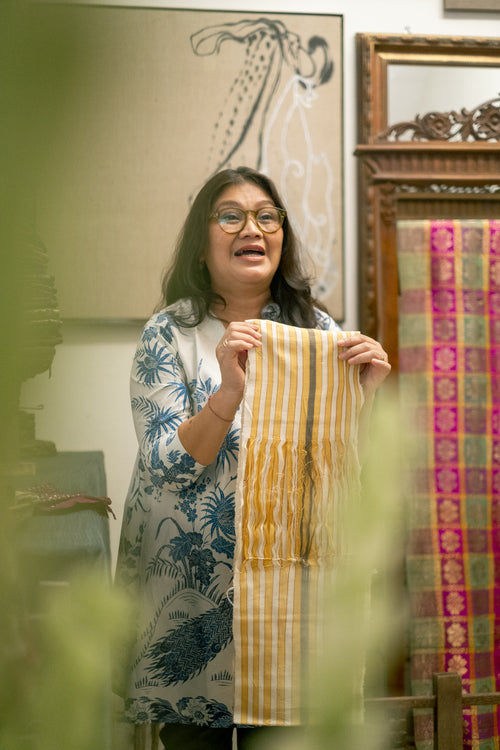



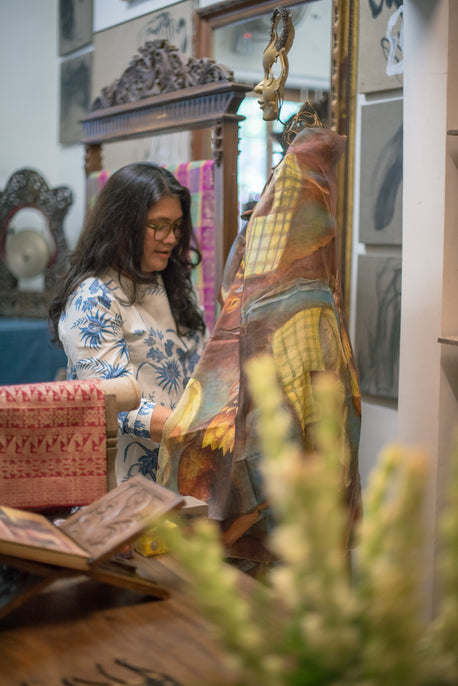
What are the challenges in archiving and preserving Indonesian wastra?
Wastra speaks, always. Every piece of textile has its own story. Wastra is a part of sastra. As a researcher, writer, or archivist, at least, you have to know the origin of this textile, the pattern, and the layout of the pattern. Then, it goes beyond the textile itself. When you learn about textile, do not forget the habit of the people that make it; wear it. Take note of the time as it will show the knowledge and wisdom that the people have during the period they weave it. This means that you have to learn, not just from books, but also from people. Academic literature is not enough to get a deeper understanding of a culture, that’s why conversation matters. Every piece of wastra is a testament of time. It speaks and records a culture.

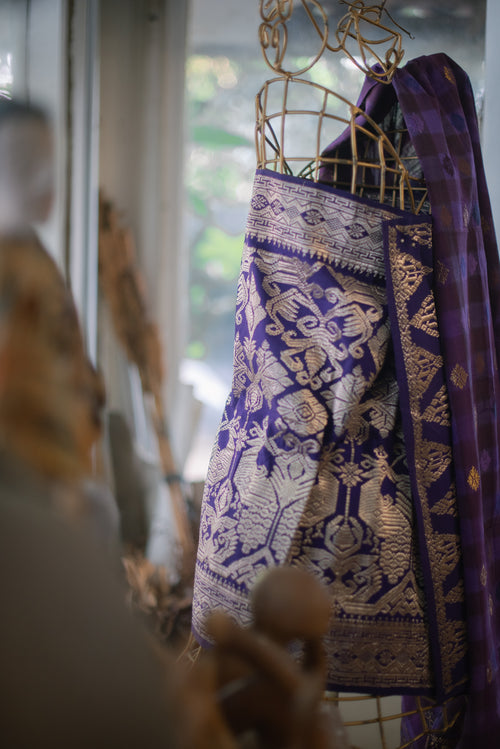
What are the practical things that we can do to preserve wastra?
The problem these days is that there is a huge gap between traditional knowledge and today’s lifestyle. The gap gets further as museums cannot keep up with the current needs and the current style of communication. I think one of the ways that we can do this is to make knowledge more accessible. Make light discussions, organize exhibitions, and communicate what you make, what you do with people. I believe that everyone can fall in love with traditional textiles, but it takes someone to ignite the spark.

"I believe that once you ignite the spark in every Indonesian, they will fall in love and care about their own culture. Love, even for wastra, is nurtured."
